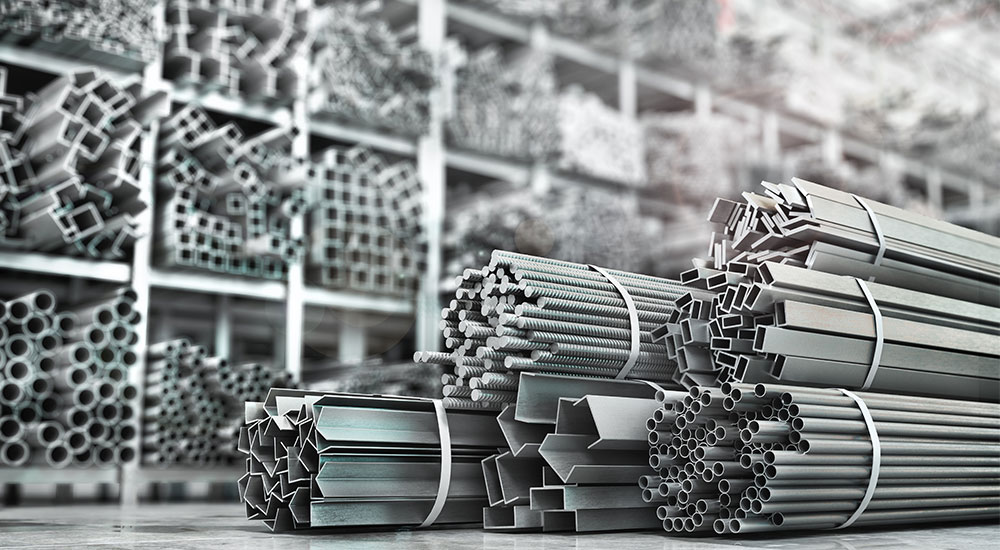
In an era where materials science and engineering are advancing rapidly, the steel industry is witnessing groundbreaking innovations. These advancements are not only enhancing the properties and applications of steel but also paving the way for more sustainable and efficient manufacturing processes. Here are the top 10 innovations in steel products that you should know about.
- High-Strength, Low-Alloy (HSLA) Steels
HSLA steels are engineered to provide superior strength and toughness compared to conventional carbon steels. They contain small amounts of alloying elements such as chromium, nickel, and vanadium, which significantly enhance their mechanical properties. HSLA steels are used in automotive, construction, and pipeline industries, offering reduced weight without compromising strength. - Advanced High-Strength Steels (AHSS)
The automotive industry’s demand for lighter and stronger materials has led to the development of AHSS. These steels have a unique microstructure that includes a mix of martensite, bainite, and retained austenite, providing exceptional strength and ductility. AHSS is crucial for improving vehicle safety, fuel efficiency, and reducing greenhouse gas emissions. - NanoSteel
NanoSteel, a company specializing in nanostructured steel materials, has developed a new generation of steel with ultra-high strength and improved ductility. By manipulating the grain size at the nanoscale, these steels exhibit enhanced wear resistance and durability, making them ideal for use in heavy-duty industrial applications and advanced manufacturing. - 3D-Printed Steel Structures
Additive manufacturing, commonly known as 3D printing, has made significant inroads in the steel industry. 3D-printed steel structures allow for complex geometries that are difficult or impossible to achieve with traditional manufacturing methods. This innovation is transforming the construction, aerospace, and medical sectors by enabling the creation of customized, high-strength components. - Smart Steel
Smart steel incorporates sensors and microprocessors within the material to monitor its condition in real-time. This technology is particularly useful in infrastructure and construction, where it can detect stress, strain, and damage before it becomes critical. Smart steel enhances safety and maintenance efficiency by providing data-driven insights. - Corrosion-Resistant Steels
Developments in coating technologies and alloying elements have led to the creation of steels with exceptional resistance to corrosion. These steels are particularly valuable in harsh environments such as marine, chemical processing, and oil and gas industries. By extending the lifespan of steel structures, corrosion-resistant steels contribute to lower maintenance costs and increased reliability. - Hydrogen Steelmaking
Traditional steelmaking processes are significant contributors to CO2 emissions. Hydrogen steelmaking is an innovative approach that uses hydrogen instead of carbon as a reducing agent in the production of steel. This method has the potential to drastically reduce carbon emissions, making steel production more environmentally friendly. - BioSteel
BioSteel is an innovation that combines steel with biological materials to create a composite that is both strong and lightweight. Researchers are exploring the use of spider silk proteins and other natural fibers to reinforce steel, resulting in materials with unique properties suitable for a range of applications from construction to medical devices. - Flexible Steel
Flexible steel is a novel material that maintains the strength of conventional steel while offering flexibility similar to that of more ductile metals. This innovation is particularly promising for use in earthquake-resistant buildings and other structures where flexibility and resilience are critical. - Magnetic Steel
Innovations in magnetic properties of steel have led to the development of high-performance electrical steels. These materials are used in transformers, electric motors, and generators to improve energy efficiency. By reducing energy losses during operation, magnetic steels play a key role in the advancement of sustainable energy technologies.




